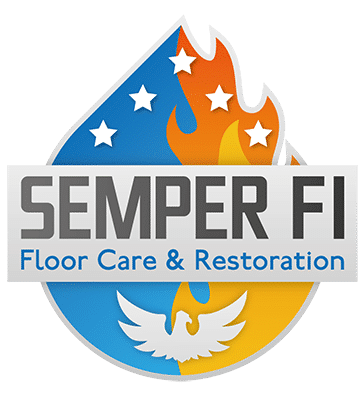There are many different types of mold that can show up in your home. One of the most dangerous is black mold, but there are other hazardous types as well. The best way to determine what you are dealing with is through mold testing. Mold remediation is a good idea even when it’s not toxic mold, as other related issues can arise.
Read on to learn about the more common molds that are found in homes and what their risks are.
Black Mold – Stachybotrys
This is perhaps one of the molds people most fear finding in their homes. Black mold is a toxic mold that poses health hazards. A person who is exposed chronically could experience major health problems from the toxicity of the mold spores.
This is the most dangerous mold type found in homes. It is also common in many cases. Exposure can cause lung and respiratory problems. Other symptoms include diarrhea, vomiting, and headaches. While the nickname is “black mold,” it’s not always black. This mold can be black, dark green, or gray.
Chaetomium Mold – Common in Water Damage-Related Mold Testing
Chaetomium mold is another form of black mold. This mold is most commonly found after water damage. Just like black mold, it is a dark color and may turn black. The mold produces mycotoxins, which is what makes it hazardous.
This mold species loves moisture or dark places. Surfaces like wallpaper, drywall, carpets, or baseboards that have had moisture can be home to this mold. Allergies are a common symptom. People may also experience neurological issues and autoimmune diseases.
Aspergillus
Aspergillus is not as dangerous as black mold, but it can cause its own set of issues. This mold is known for stimulating allergic reactions. While it isn’t toxic, those allergic reactions could cause many health challenges for anyone exposed. In addition to allergic reactions, exposure may cause lung infections. Another known infection is aspergillosis, which is directly related to mold exposure.
Penicillium
Penicillium is another allergenic mold, but it can be dangerous. Much like aspergillus, it is commonly found in homes. Because it is an allergenic mold, it can cause severe allergies that lead to other issues. In addition, penicillium is known for causing asthma, bronchitis, and other respiratory health problems.
Fusarium – Rare in Mold Testing
Fusarium is a quiet attacker. It doesn’t just float in the air or come from water damage. Instead, it can be found in plants and soil. Unfortunately, it also likes to hide in HVAC systems, under carpet, or inside insulation.
Fusarium is not toxic and won’t cause as severe of allergies as some molds. However, there is an eye infection known as fusarium keratitis that could occur.
We Can Help with Mold Testing and Mold Remediation Needs
The only way to truly know the type of mold you have is through mold testing. At Semper Fi, we can assess your mold damage, determine the exposure and risks, and create the best plan for remediation. Exposure to even the mildest mold species can lead to allergenic reactions. Toxigenic and pathogenic molds can be very dangerous. Treat all mold as a hazard in order to protect your health and home.


